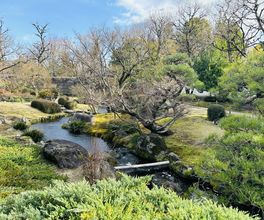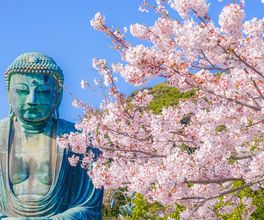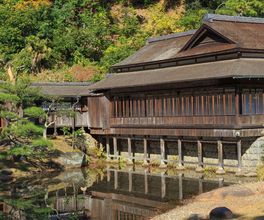




About this experience
Include the coastal town of Odawara in your itinerary, where the reconstructed medieval Odawara Castle is located.
Being close to perfection in terms of defense, in the era of 'warring states' in the 16th century, the castle withstood the assault and siege of two great warlords of that era, Uesugi Kenshin and Takeda Shingen, whose names instilled fear and commanded respect among their contemporaries.
Perched above the ocean waters of Sagami Bay, Odawara Castle is located on a plain, at the foot of the Hakone mountain range, which, like the calm ocean, is clearly visible from the observation deck of the main castle tower. There, in the main castle tower, you can visit one of the best museums in Kanagawa Prefecture according to local connoisseurs of 'samurai citadels' - a good collection of not only medieval armor and weapons (plate armor, helmets, swords, spears, bows, arrows, muskets), but also interior and household items, some works of art. Unfortunately, photography is not allowed.
At the foot of the castle, there is another museum that children usually enjoy - as there are interactive stands where they can touch and take pictures of many things. Mostly everything is in Japanese and needs translation, but the sounds of the castle siege or a 3D theatrical performance may still be of interest. Sometimes adults of a certain kind also wander into this museum, as the layout of Odawara Castle has been used in several popular video games :)
The castle grounds are especially attractive at the end of February - beginning of March when old plum trees are in bloom, abundantly planted throughout the castle grounds. During the cherry blossom season (April), azaleas (May), hydrangeas in the rainy season (June), and hot humid summers when lotuses bloom (late July - August), the castle is also very attractive.
*Most Japanese castles are reconstructed or rebuilt in the 20th century. Those that were not burned down by accidental fires or natural disasters were either dismantled for construction material as a 'vestige of the feudal past' during the Meiji reforms, or destroyed by enemy air raids during World War II. Only 12 castles across the country have survived in their original form.







